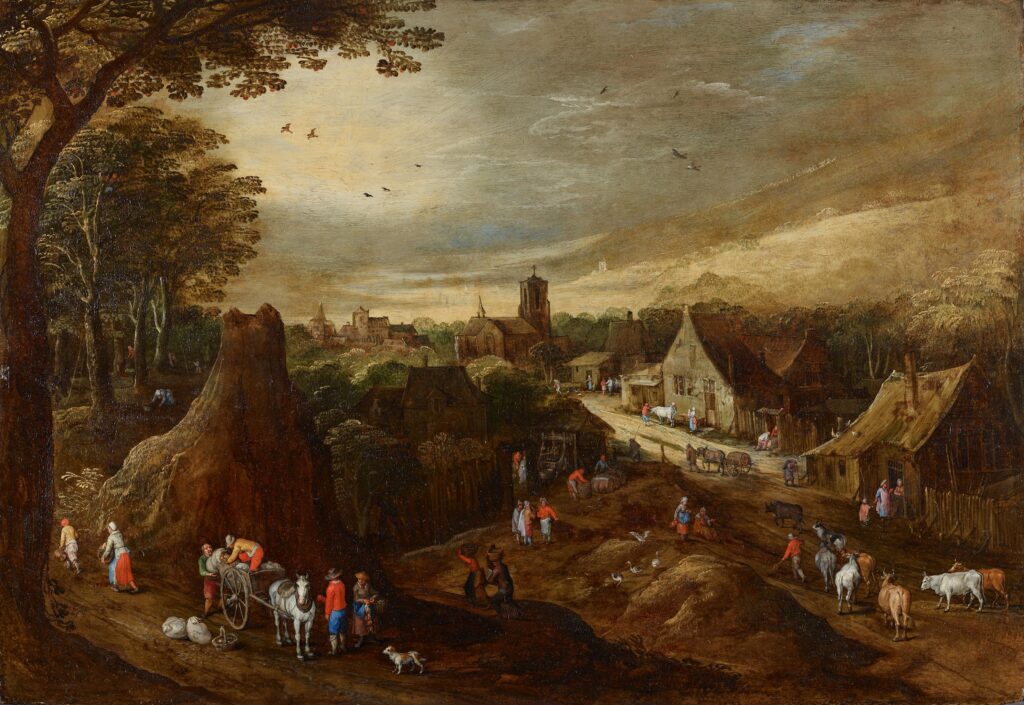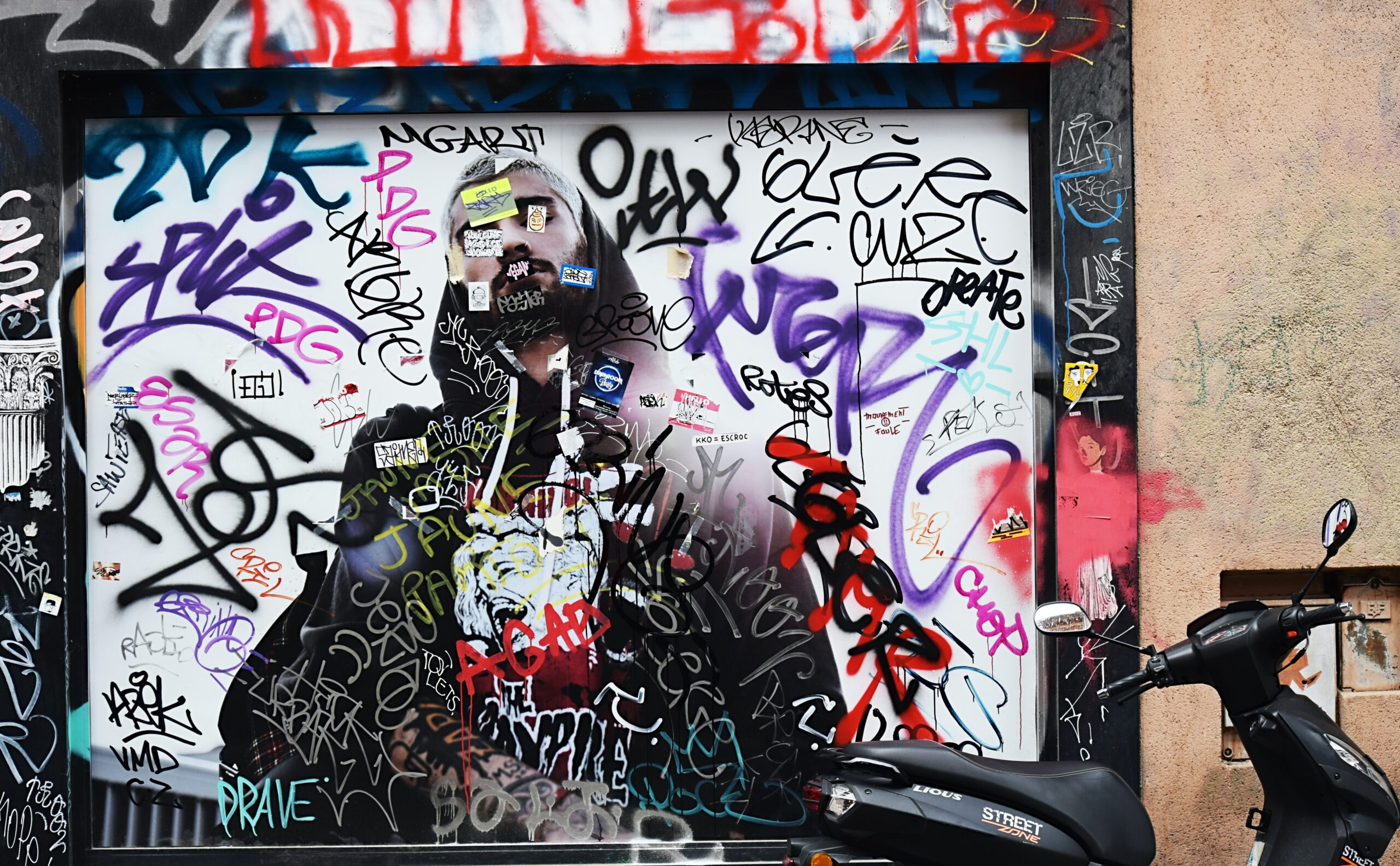In the wake of Poland’s recent political transition, the country’s art scene stands poised for change. For nearly a decade, the Law and Justice party has sought to reshape Polish culture in alignment with right-wing ideals. However, with the party now poised to lose power, critics are divided over how to undo the party’s influence without further political interference in the arts. As opposition parties prepare to form a coalition government, cultural figures are calling for a reversal of the party’s agenda, but remain uncertain of the best way forward. While some hope for a complete overhaul, others advocate for maintaining certain aspects of Law and Justice’s cultural initiatives.

The Current State of Poland’s Art Scene
Poland’s art scene has undergone significant changes in recent years, largely due to the cultural policies implemented by Piotr Glinski, the country’s culture minister. Since taking office in 2015, Glinski has aimed to shift Poland’s cultural landscape towards the political right, resulting in a polarizing effect on the art community. Glinski’s actions included replacing liberal museum directors with conservatives, establishing new institutions to promote traditional culture and nationalist heroes, and denouncing artistic expressions critical of the Roman Catholic Church or the government’s policies. While these actions have garnered support from some quarters, they have also faced significant opposition from artists, cultural leaders, and the general public.
Piotr Glinski’s Cultural Shift
Piotr Glinski’s cultural agenda sought to bring Poland back to what he perceived as an idealized past. By reshaping the leadership of museums, Glinski aimed to align cultural institutions with his conservative views. This shift created a significant divide within the art community, with many arguing that it stifled artistic freedom and marginalized progressive voices. Artists, curators, and intellectuals decried Glinski’s actions as an attempt to impose a narrow ideological framework on the arts, effectively limiting the diversity of voices and perspectives that could be expressed.
Protests and Opposition to Glinski’s Actions
Throughout Glinski’s tenure, protests against his cultural policies were a common occurrence. Demonstrations took place at various cultural institutions across the country, including the National Museum in Warsaw, where sexually suggestive artworks were controversially removed. Many artists and cultural leaders opposed Glinski’s actions, seeing them as a threat to artistic freedom and a regression towards a more conservative and restrictive cultural landscape. Critics argued that Glinski’s agenda prioritized a specific ideology over the autonomy of artists and the ability of cultural institutions to pursue their missions independently.
Calls for Reversal of Glinski’s Agenda
With the recent general election resulting in a majority win for opposition parties, there is now a growing momentum to reverse Glinski’s cultural agenda. Cultural figures within Poland are calling for a new government, dominated by centrist parties, to address the issues of political interference in the arts. However, there is disagreement among critics of Glinski on how best to achieve this reversal without replicating the same patterns of political interference. Some argue for immediate dismissals of Glinski’s appointees, while others emphasize the need for a long-term strategy that prioritizes restoring artistic freedom and the autonomy of cultural institutions.
Political Transition and its Impact on the Art Scene
The uncertain transition of power in Poland has implications for the art scene. With the current ruling party, Law and Justice, expected to leave office, there is hope for a shift away from the cultural policies implemented under Glinski. The leader of the largest opposition party, Civic Coalition, is widely anticipated to be asked to form a new government in alliance with other groups. Civic Coalition has promised in its manifesto to abolish censorship of Polish culture and ensure that institutions presenting controversial work retain their grants. The party also pledged not to appoint political figures to run cultural organizations, although further details have yet to be provided.
Uncertainty Surrounding Law and Justice Leaving Office
The timeline for Law and Justice leaving office remains uncertain. According to the country’s Constitution, President Andrzej Duda has 30 days to invite a party to form a new government, but he has not done so yet. Law and Justice supporters are challenging the legitimacy of the recent election, further complicating the political transition. The prolonged uncertainty prolongs the period of controversy surrounding Glinski’s cultural agenda, leaving the art scene in a state of limbo.
Expectations of a New Government Led by Civic Coalition
Observers of Polish politics anticipate that the new government led by Civic Coalition will bring significant change to the cultural landscape. However, the extent of this change remains to be seen. The manifesto promise to address censorship and political interference in the arts is a positive step, but the effectiveness in implementing these changes and ensuring the autonomy of cultural institutions is a matter of debate. Artists, curators, and cultural leaders are cautiously optimistic about the potential for a new government but emphasize the need for concrete actions to protect artistic freedom.
Manifesto Promises to Address Censorship and Political Interference in the Arts
Civic Coalition’s manifesto promises to eradicate censorship in Polish culture, a crucial issue that has plagued the art scene under Glinski’s tenure. The party also pledges to safeguard the grants of institutions presenting controversial work. While these promises provide hope for a more open and inclusive cultural landscape, details regarding the implementation of these changes are lacking. Critics argue that a broader societal conversation about the role of politics in the arts is necessary to ensure lasting change and prevent future interference.

Challenges and Issues to be Addressed
The art scene in Poland currently faces a set of challenges and issues that need to be addressed. The leadership of important museums has been handed over to Law and Justice sympathizers, raising concerns about the ideological direction of these institutions. Incompetent appointments and the marginalization of museums have also negatively impacted the cultural landscape. Furthermore, the international reputation of Poland’s art scene has been compromised by the actions of Glinski’s appointees, leading to questions about the country’s cultural output and its relationship with the global community.
Leadership of Important Museums Handed Over to Law and Justice Sympathizers
One of the most pressing challenges facing the art scene is the leadership of key museums, which has been handed over to individuals sympathetic to the Law and Justice party. Critics argue that these appointments lack the necessary qualifications and have resulted in an erosion of the institutions’ credibility. The Ujazdowski Castle Center for Contemporary Art, the Zacheta National Gallery of Art, and the Museum of Art in Lodz have all experienced a change in leadership that aligns with Glinski’s conservative agenda. These appointments have raised concerns about the future direction of these museums and the extent to which they can remain independent and inclusive.
Incompetent Appointments and Marginalization of Museums
Critics argue that some of the leaders appointed by Glinski to head museums lack the necessary expertise and have marginalized these institutions within Poland. The focus on ideological alignment over professional qualifications has resulted in a narrowing of perspectives and a stifling of creativity. The consequences of these appointments are not only local but also affect the international perception of Poland’s art scene. The lack of diversity and professional expertise in museum leadership threatens to undermine the quality and innovation of exhibitions and programs, ultimately limiting the impact and reach of Polish art.
Impact on Poland’s Reputation Abroad
The actions of Glinski’s appointees have had a detrimental impact on Poland’s reputation abroad. By aligning the cultural agenda with a specific political ideology, these appointees have raised questions about the country’s commitment to artistic freedom and openness. The recent selection of the country’s representative for the Venice Biennale, Ignacy Czwartos, further exemplifies this trend. The chosen artist’s work focuses on Polish victims of aggression, often highlighting Law and Justice’s political priorities. This politicization of cultural representation has raised concerns about Poland’s standing within the international art community and its ability to foster dialogue and collaboration.
Perspectives on the Future of Poland’s Art Scene
The future of Poland’s art scene is uncertain, yet there are clear perspectives emerging on how to address the challenges and move forward. One perspective emphasizes the need for significant change to undo the impact of Glinski’s cultural agenda and restore artistic freedom. This perspective argues for the removal of incompetent appointees and a renewed commitment to the independence of cultural institutions. Another perspective emphasizes the resistance to political interference in the arts and the necessity of maintaining a vibrant and diverse cultural landscape. Finally, maintaining funding for the arts and recognizing the importance of culture in shaping society are seen as crucial elements in securing a bright future for Poland’s art scene.
The Need for Significant Change
There is a growing consensus among artists, curators, and cultural leaders that significant change is needed to address the challenges facing Poland’s art scene. This change extends beyond simply reversing Glinski’s policies and touches on the need to create a more inclusive and diverse cultural landscape. It involves reconsidering museum leadership, investing in professional qualifications, and fostering an environment where artistic freedom can thrive. Significant change requires a commitment from the government, cultural institutions, and society as a whole to prioritize the arts and support a pluralistic and open-minded approach to culture.
Resistance to Political Interference in the Arts
The resistance to political interference in the arts has been a defining characteristic of the opposition to Glinski’s cultural agenda. Artists, curators, and cultural leaders have consistently advocated for the autonomy of cultural institutions and the freedom of expression for artists. This resistance prioritizes the restoration of artistic freedom and the ability of artists to explore and challenge societal norms without fear of censorship or reprisal. It recognizes that a vibrant art scene requires the independence to push boundaries and engage in critical conversations about society and politics.
Maintaining Funding and Importance of Culture
Regardless of the specific changes implemented, it is widely recognized that maintaining funding for the arts is crucial for the future of Poland’s art scene. The increased budget for culture during Law and Justice’s tenure has highlighted the importance of investing in artistic endeavors and cultural institutions. The arts play a crucial role in shaping society, fostering dialogue, and creating a sense of national identity. By recognizing the value of culture and ensuring its continuous funding, Poland can support the growth and development of its art scene, both nationally and internationally.


